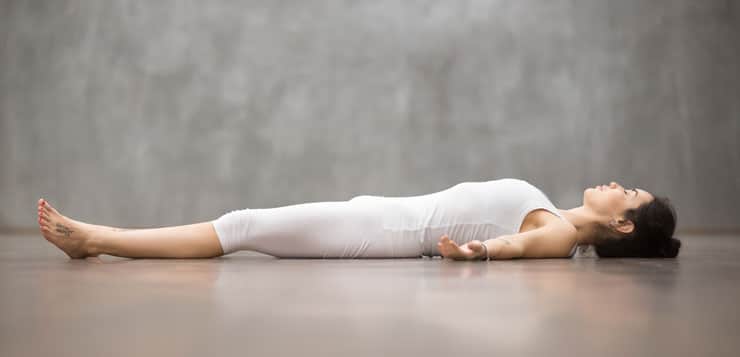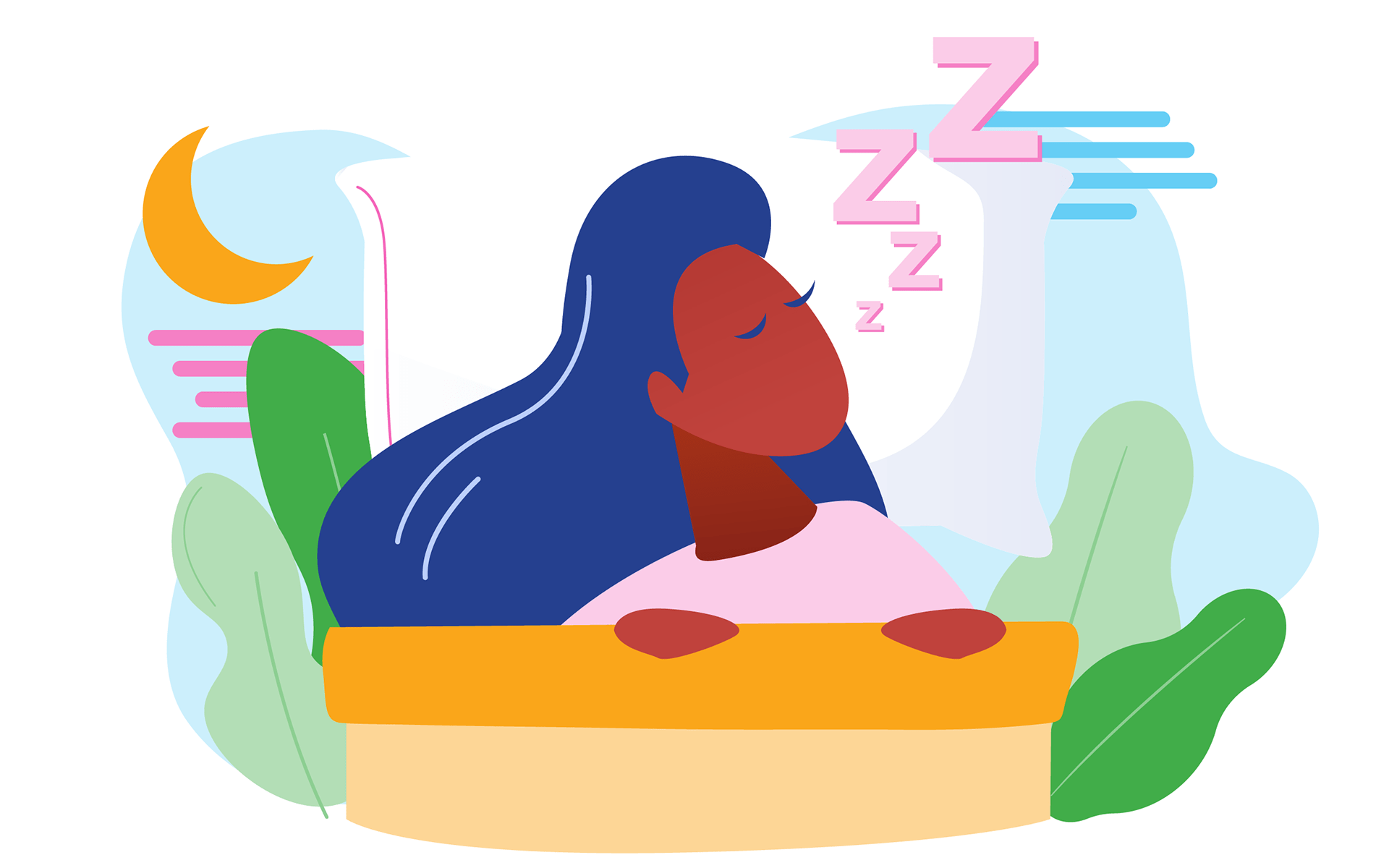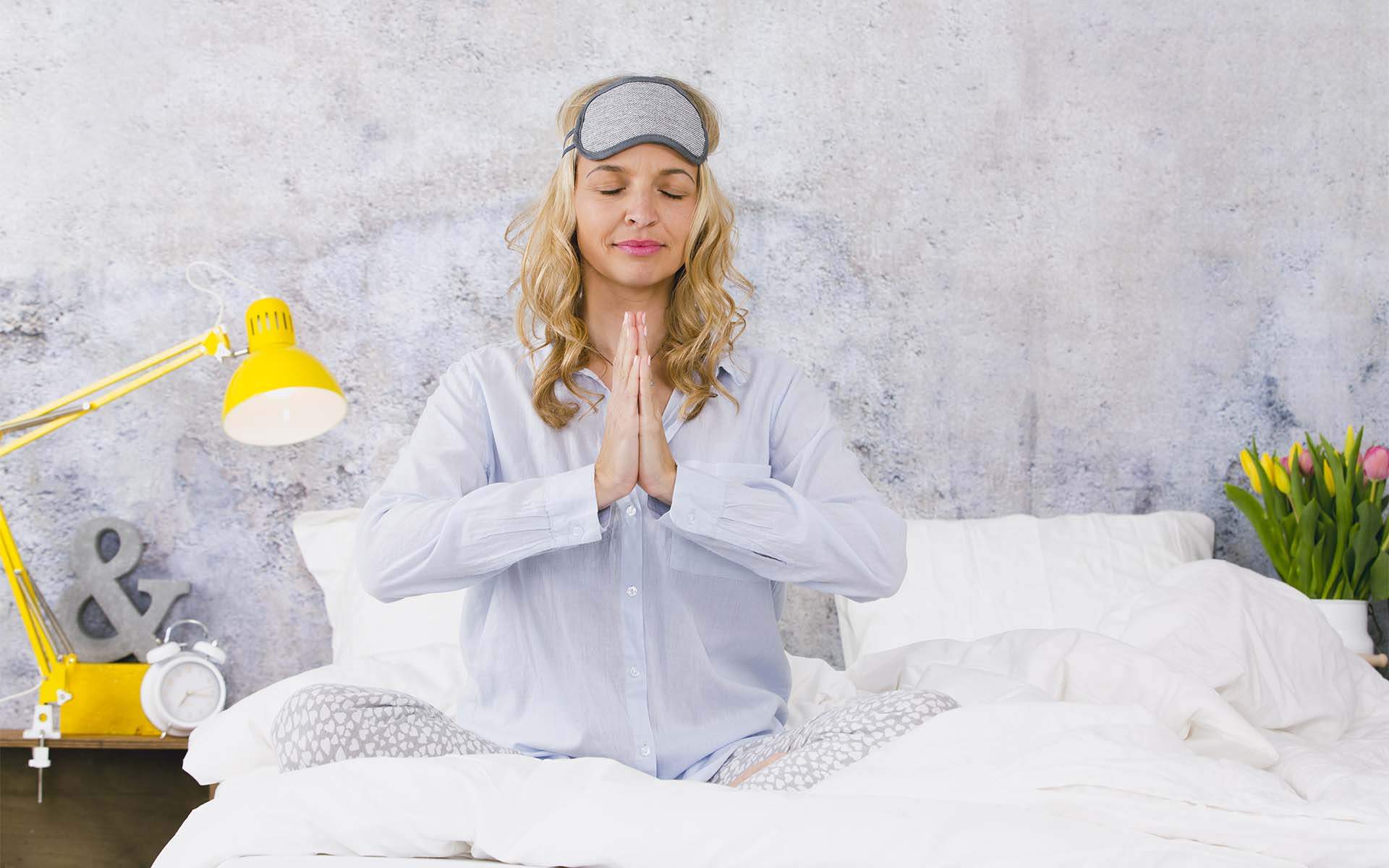If you’re one of the 80 million Americans having a hard time falling asleep, count yourself among the ranks of those more likely to suffer from diabetes, cardiovascular disease, obesity, and depression (As if being tired all the time wasn’t bad enough).
Recently there have been some studies looking into whether or not mindfulness, and other meditative movements like those found in yoga, tai chi, and qi gong, can improve sleep quality. According to one review of studies taking a few minutes to settle your mind and body before bed can help you fall asleep faster as well as help you get more restful sleep.
There’s still a need for more high-quality research. One review of 1,049 studies on meditative movement and sleep outcomes only found 14 studies worthy of being included in the review. Of those 14, the results showed that mindful movement interventions resulted in significantly better sleep quality.
While we wait for the research community to provide more definitive answers, it seems it’s definitely worth giving mindful movement a try if you have trouble sleeping.
In part three of our mindful movement series with Cara Bradley you can try a bedtime routine that stretches and relaxes areas of your body that tighten up during the day, such as low back, hip flexors, and upper back muscles, followed by a meditation to settle the mind.
Before you begin, get yourself ready for bed (because you’ll be sawing logs before you can say good night.)
Mindful Movement To Ease into Sleep
1) Cat/ Cow
This movement stretches your upper back and loosens tension down your spine. Place your hands on the ground beneath your shoulders and your knees on the ground beneath your hips, keep your back straight and your head forward. As you inhale gently drop your belly towards the floor, lift your chest and look forward arching your spine slightly. As you exhale bring your face towards your navel while doming your upper spine, rounding the top of your back. Repeat for 3-5 breaths.
2) Deep Lunge
From an all fours position, step your right foot forwards and slide your left knee further behind you. Place your hands on your knee. This deep lunge stretches the front of your hips, an area that gets tight after a day of sitting. Keep your hands on the floor or place on your front knee. Hold for 5 breaths. Switch sides.
3) Seated Neck Stretch
Have a seat and cross your legs if you can. Bring your right hand over your head and place it on your left ear. Gently drop your right ear towards your shoulder. Hold for 5 breaths. Bring your head back to center gently, switch sides, going easy on your neck with you switch.
4) Dynamic Bridge
Place your arms flat on the ground by your sides a few inches away from your body, with your palms facing down. Place both feet to the floor under your bent knees. Make sure your back is flat and your body feels centered and balanced. Then, as you inhale lift your hips up towards the ceiling, creating a straight line from your knees, down your thighs, to your chest. Interlock your fingers under your body and shimmy your shoulder blades towards each other to open your chest muscles. Hold for 8 deep breaths.
5) Knee to Chest into Twist
Stretch out your legs and slide them together. Pull your right knee into your chest clasping your fingers around your right shin and gently hug your knee in to stretch your low back and hips. Hold for 3 breaths. Release your knee and send it towards the left for a gentle spinal twist. Turn your gaze to the right. Hold for 3 breaths and switch sides.
Mindful Breathing to Ease into Sleep
For this meditation you’ll extend your exhale twice as long as your inhale as a way to settle your mind and nervous system before getting under the covers.
Let go of your day. Now that your body is more relaxed, stretch yourself out long on the floor. Separate your feet and position your hands with your palms facing upwards.
Notice your breath. Don’t change your breathing yet; just notice the subtle lifting and lowering around your belly as you breathe.
Extend Your Breath. Breathe so that your exhale is twice as long as your inhale. F example you could count to three on your inhale and six during your exhale. (If that feels uncomfortable, you can change it by counting 2 on your inhale and 4 on your exhale, etc.) The point isn’t to hyperventilate or pass out. You want the ratio to feel comfortable, so that you’ll stay with it. The counting will help you stay focused and relax your body at the same time.
- Breathe in slowly while counting to two.
- Pause for a count of one.
- Breathe out slowly while counting to four.
- Pause for a count of one.
- Once again, “Inhale, on, two, pause; exhale, one, two, three, four, pause.”
- Continue to breathe this way. At some point it will feel natural to let the counting go and to allow your mind to rest in the direct experience of breathing.
- Eventually let go and just breathe however feels normal to you.
After a few minutes open your eyes and notice how you feel. Slowly get up and crawl right into bed.
read more
The Ultimate Guide to Mindfulness for Sleep
Sufficient sleep heals our bodies and minds, but for many reasons sleep doesn’t always come easily. Mindfulness practices and habits can help us fall asleep and stay asleep. Consult our guide to find tips for meditation, movement, and mindfulness practices to ease into sleep.
Read More
Why Can’t I Sleep? 4 Tips for Better Rest
Getting back to sleep in the middle of the night is no small feat. In this short video, Michelle Maldonado offers four ways to help make going to bed—and staying asleep—easier.
Read More
4 Yoga Stretches for a Good Night’s Sleep
Reach for better rest when you add these bedtime yoga poses to your sleep routine.
Read More










